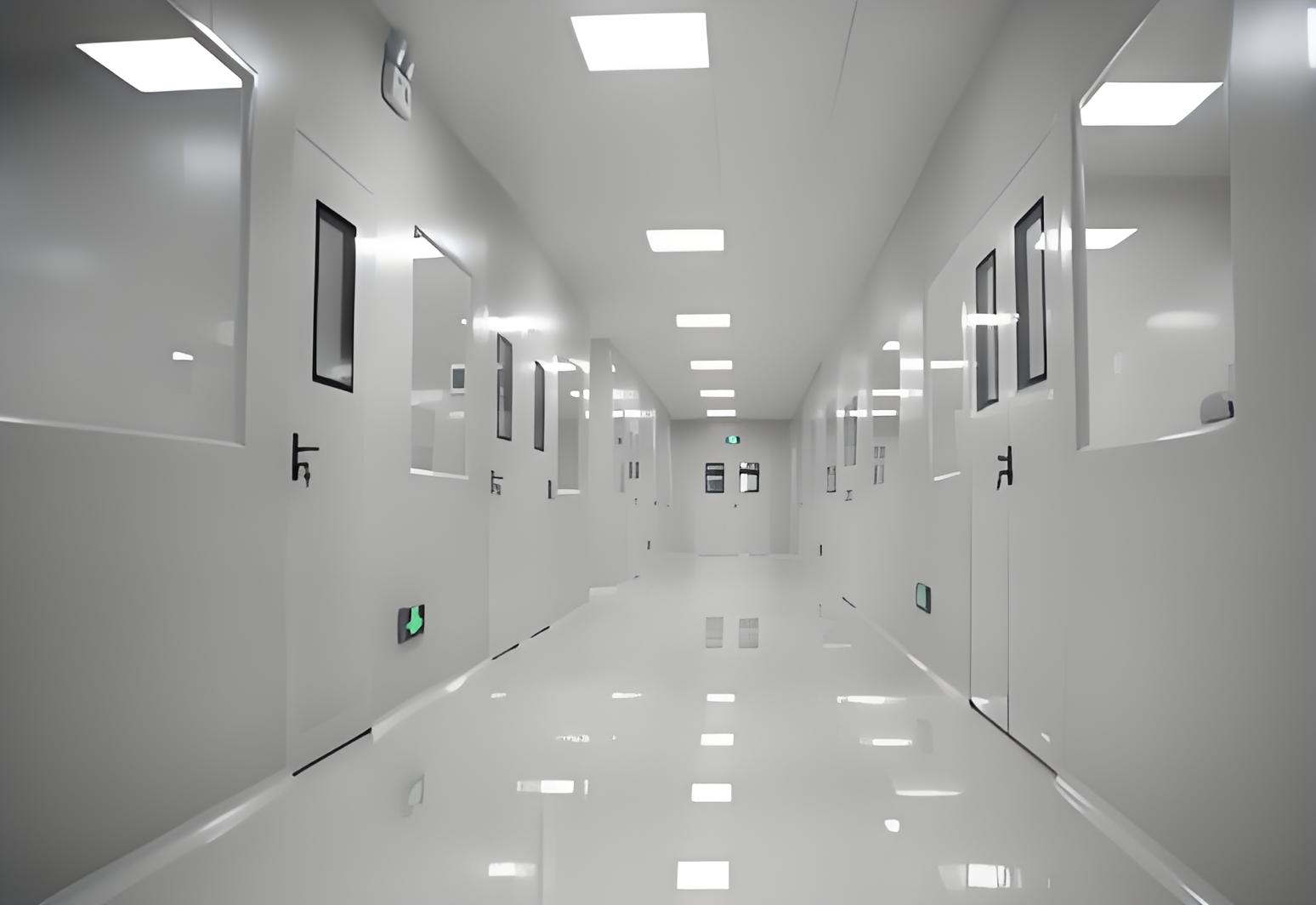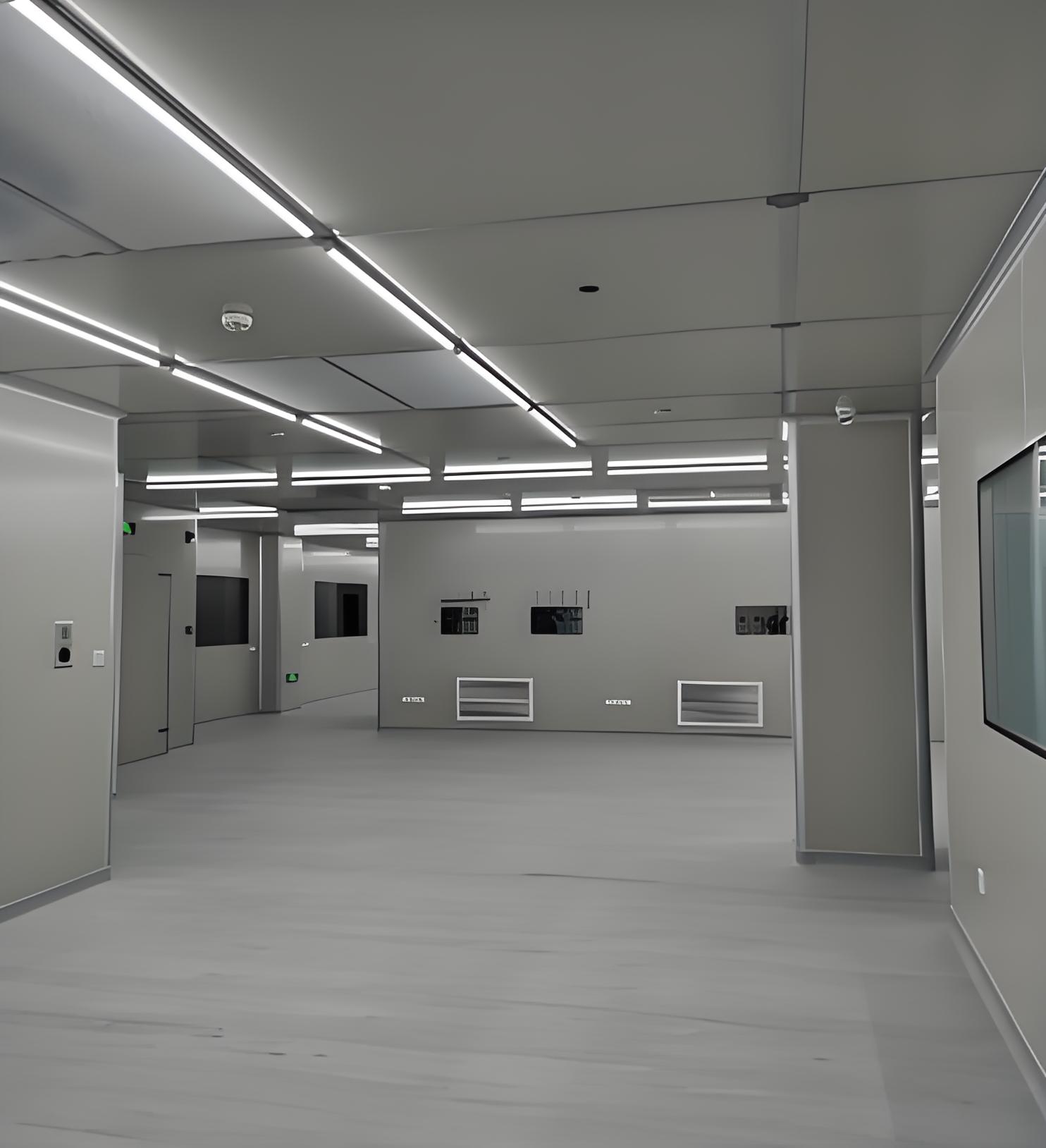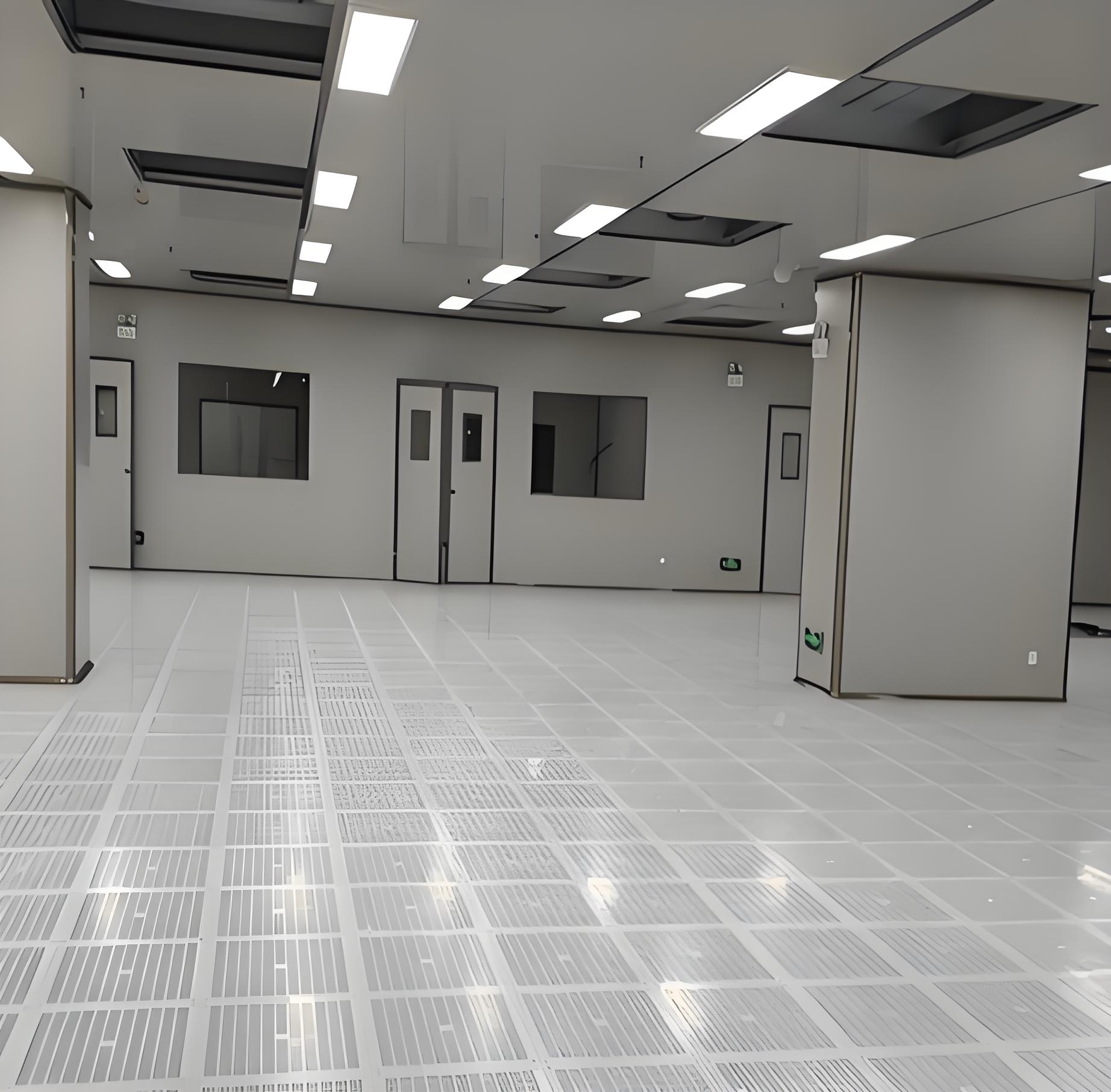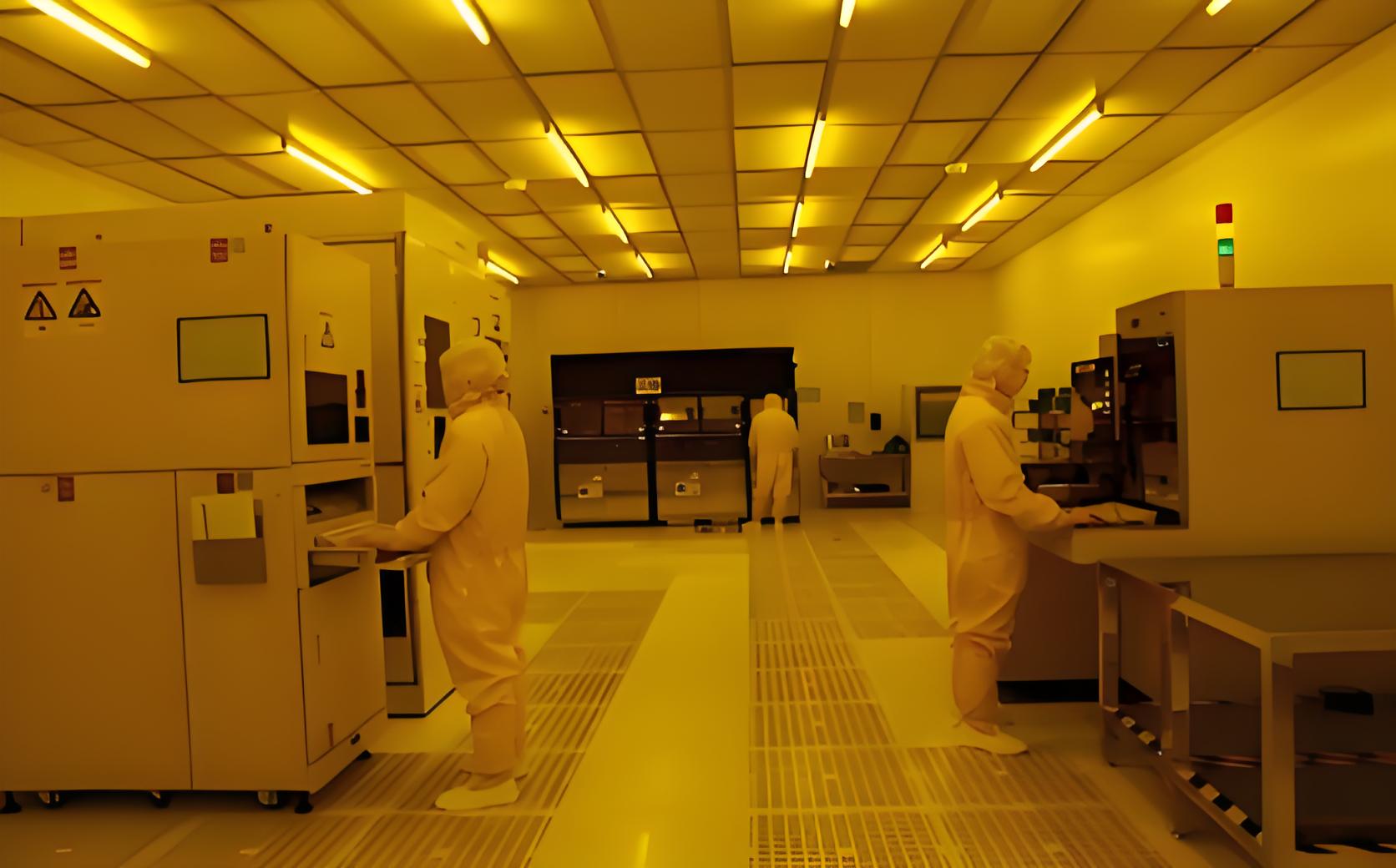




In the high-stakes world of manufacturing and research, where a single micron-sized particle can compromise an entire batch of semiconductors or a life-saving pharmaceutical product, the role of the cleanroom is paramount. At the heart of any controlled environment lies a meticulously planned cleanroom design. This is not merely about four walls and a filtration system; it is a holistic engineering discipline that integrates architecture, HVAC, material science, and stringent protocols to create a space with precisely controlled contamination levels. A successful cleanroom design dictates the facility's performance, operational efficiency, and compliance with global regulations. This article delves into the core technical aspects that define modern cleanroom engineering, providing a detailed examination of the principles that ensure these environments meet the exacting demands of industries from biotechnology to aerospace. We will dissect the foundational systems of Cleanroom classification, the critical framework provided by ISO 14644 standards, and the innovative shifts shaping the latest trends in cleanroom technology.

Cleanroom design is the foundational process of creating an environment with a low level of environmental pollutants such as dust, airborne microbes, aerosol particles, and chemical vapors. The primary objective is to control contamination to a level specified for the intended operations. This control is achieved through the careful integration of several key components:
Air Filtration and Flow: High-Efficiency Particulate Air (HEPA) or Ultra-Low Particulate Air (ULPA) filters are used to remove particles from the air. The airflow pattern—whether turbulent, unidirectional (laminar), or a hybrid—is a critical decision in the cleanroom design that directly impacts particle removal efficiency.
Architectural Finishes: Walls, ceilings, and floors are constructed from non-shedding, smooth, and easy-to-clean materials like vinyl, epoxy, or polished stainless steel. Seams and joints are minimized to prevent particle traps.
Pressure Differential: Cleanrooms are maintained at a positive pressure relative to less clean adjacent areas to prevent the ingress of contaminants. In some cases, such as in biohazard labs, negative pressure is used to contain hazardous agents.
Environmental Control: Precise control of temperature and humidity is not just for personnel comfort; it is essential for process stability and to prevent static electricity, microbial growth, and material deformation.
Material and Personnel Flow: The cleanroom design must include rigorous protocols for the entry and exit of personnel (e.g., airlocks, gowning procedures) and materials (e.g., pass-through chambers) to maintain integrity.
A poorly executed cleanroom design will fail, regardless of the quality of its components. It is a system where every element is interdependent.
The Cleanroom classification system is the universal language for specifying the cleanliness level of a controlled environment. It quantifies the maximum allowable concentration of airborne particles per cubic meter of air. For decades, the U.S. Federal Standard 209E was the benchmark, but it has been largely superseded by the internationally recognized ISO 14644 standards.
The Cleanroom classification according to ISO 14644-1 is based on the logarithm of the number of particles 0.1 µm and larger permitted per cubic meter of air. The common classes are:
ISO Class 1: The cleanest, with a maximum of 10 particles ≥ 0.1µm per m³.
ISO Class 5: A maximum of 3,520 particles ≥ 0.5µm per m³. This is equivalent to the former Class 100 and is common in pharmaceutical sterile filling areas.
ISO Class 7: A maximum of 352,000 particles ≥ 0.5µm per m³ (equivalent to Class 10,000).
ISO Class 8: A maximum of 3,520,000 particles ≥ 0.5µm per m³ (equivalent to Class 100,000).
The selection of the appropriate Cleanroom classification is a fundamental first step in the cleanroom design process. It directly influences the cost, complexity, and operational protocols of the facility. An ISO Class 5 room for aseptic processing will require unidirectional airflow and extensive gowning, while an ISO Class 8 room for electronics assembly may function with turbulent flow and simpler controls. The entire cleanroom design—from air change rates and filter selection to the layout of equipment—is engineered to meet and maintain this specified classification.

A cleanroom design cannot be considered compliant or effective without strict adherence to the ISO 14644 standards. This multi-part international standard provides the comprehensive framework for all aspects of cleanrooms and associated controlled environments. It is the definitive guide for engineers, validators, and operators.
Key parts of the ISO 14644 standards that directly impact cleanroom design include:
ISO 14644-1: Classification of Air Cleanliness: This is the cornerstone, defining the particle count methodology and the classification table itself. It is the primary reference for the Cleanroom classification.
ISO 14644-2: Monitoring for Compliance: This part specifies the ongoing testing and monitoring required to prove that the cleanroom continues to comply with its designated classification. It dictates the frequency of tests for particle count, pressure differential, and airflow.
ISO 14644-3: Test Methods: This standard outlines the precise methodologies for all performance tests, including airflow, air pressure difference, temperature, humidity, and recovery time.
ISO 14644-4: Design, Construction, and Start-up: This is perhaps the most critical part for engineers. It provides requirements and recommendations for the cleanroom design and construction process, covering everything from the selection of materials and airflow concepts to the planning of utilities and construction protocols.
ISO 14644-5: Operations: This section addresses the operational aspects necessary to maintain cleanliness, including gowning, cleaning, and the behavior of personnel.
Integrating the ISO 14644 standards from the initial concept phase is non-negotiable. It ensures that the cleanroom design is not only theoretically sound but also verifiable, manageable, and sustainable over its entire lifecycle. A design that ignores these standards is destined for validation failure and operational inefficiency.
The field of controlled environments is not static. The latest trends in cleanroom technology are driven by demands for greater energy efficiency, flexibility, data integration, and sustainability, all while maintaining or improving contamination control. A modern cleanroom design must be forward-looking to incorporate these advancements.
Here are some of the most significant latest trends in cleanroom technology:
Modular and Softwall Cleanrooms: There is a significant shift towards prefabricated modular cleanrooms. These offer faster deployment, lower initial costs, and exceptional flexibility for reconfiguration or expansion. They are ideal for start-ups, pilot plants, and facilities with rapidly changing process needs.
Energy-Efficient HVAC Systems: Cleanrooms are energy-intensive, with HVAC systems accounting for up to 60-70% of total energy consumption. The latest trends in cleanroom technology focus on variable air volume (VAV) systems, high-performance fan-filter units (FFUs), and heat recovery systems to drastically reduce the carbon footprint and operational costs without compromising on the Cleanroom classification.
Smart Cleanrooms and IoT Integration: The Industrial Internet of Things (IIoT) is revolutionizing cleanroom monitoring. Wireless sensors provide real-time, continuous data on particles, pressure, temperature, and humidity. This data is fed into centralized dashboards, enabling predictive maintenance, immediate deviation response, and comprehensive data integrity for regulatory audits. This transforms the cleanroom design from a static environment to a dynamic, data-driven system.
Sustainable Materials and Practices: There is a growing emphasis on using recycled and low-VOC (Volatile Organic Compound) materials in construction. Furthermore, designs are incorporating more natural light and water-saving fixtures. Sustainable cleanroom design is becoming a key differentiator.
Advanced Robotics and Automation: To minimize human-generated contamination (the largest source of particles), robotics are being increasingly integrated for material handling, sampling, and even complex assembly tasks. This trend influences the cleanroom design by requiring dedicated spaces for robots and automated guided vehicles (AGVs).
Adopting these latest trends in cleanroom technology is essential for building a facility that is not only compliant today but also resilient and cost-effective for the challenges of tomorrow.
A theoretical understanding is insufficient; the true test of a cleanroom design is in its implementation. The process involves a multi-disciplinary team and follows a structured lifecycle: Conceptual Design -> Detailed Design -> Construction -> Commissioning & Qualification (C&Q) -> Ongoing Monitoring.
The detailed design phase is where the principles of Cleanroom classification and ISO 14644 standards are translated into technical drawings and specifications. This includes:
CFD (Computational Fluid Dynamics) Analysis: Used to model and optimize airflow patterns before construction begins, ensuring the design will meet the target Cleanroom classification.
Integration of Utilities: Planning for pure water, process gases, and electrical systems that do not become sources of contamination.
Selection of Finishes: Choosing specific wall panels, flooring systems, and ceiling grids that meet cleanability and durability requirements.
During the C&Q phase, the "as-built" cleanroom is rigorously tested against the ISO 14644 standards to provide documented evidence that it performs according to the design intent and specified Cleanroom classification. Only after successful qualification can the facility be released for operational use.
A sophisticated cleanroom design is a complex, yet masterable, engineering challenge. It is an intricate balance of scientific principle, rigorous standards, and innovative technology. By deeply understanding the hierarchy defined by Cleanroom classification, adhering to the comprehensive framework of the ISO 14644 standards, and proactively integrating the latest trends in cleanroom technology, engineers and facility managers can create controlled environments that are not only compliant but also efficient, adaptable, and sustainable. In an increasingly precise world, the quality of the cleanroom design is a direct determinant of product quality, patient safety, and technological advancement.
Q1: What is the most critical factor to consider in the initial phase of a cleanroom design project?
A1: The single most critical factor is defining the required Cleanroom classification based on the specific manufacturing or research processes that will occur inside. This classification, guided by ISO 14644 standards, dictates every subsequent decision in the cleanroom design, including airflow strategy, filtration level, construction materials, and operational protocols. Getting this foundational requirement wrong will lead to a facility that is either unnecessarily expensive or functionally inadequate.
Q2: How do ISO 14644 standards differ from the old US FS 209E standards?
A2: While both define cleanliness by particle count, ISO 14644 standards are international and metric-based, providing a more unified global framework. A key technical difference is that ISO 14644-1 uses the logarithm of the particle concentration for its classification and includes a reference particle size of 0.1 µm, offering a more precise and scalable system. FS 209E used cubic feet and was officially canceled in 2001, making ISO 14644 the current global benchmark for cleanroom design and classification.
Q3: Can a cleanroom be upgraded to a cleaner classification after it is built?
A3: Yes, but the feasibility and cost depend heavily on the original cleanroom design. Upgrading from, for example, ISO Class 8 to ISO Class 5 typically requires significant modifications, such as increasing air change rates, installing more advanced HEPA/ULPA filtration systems, potentially changing the airflow pattern to unidirectional, and enhancing the sealing of the room envelope. A modular cleanroom design offers the greatest flexibility for such future upgrades.
Q4: What are the key benefits of adopting "smart" technology in cleanroom design?
A4: Integrating the latest trends in cleanroom technology like IoT sensors and data analytics transforms cleanroom operations. Key benefits include: 1) Real-time Compliance: Continuous monitoring provides immediate alerts for any parameter deviation, ensuring constant adherence to the Cleanroom classification. 2) Predictive Maintenance: Data trends can forecast filter failures or HVAC issues before they cause downtime or contamination events. 3) Enhanced Data Integrity: Automated, tamper-proof data logs simplify regulatory audits. 4) Operational Efficiency: Insights from data can help optimize energy use and cleaning schedules.
Q5: Why is energy efficiency such a major focus in modern cleanroom design?
A5: Traditional cleanrooms are notoriously energy-intensive. With growing emphasis on sustainability and operational cost reduction, energy efficiency has become a primary driver in the latest trends in cleanroom technology. An energy-efficient cleanroom design, utilizing VAV systems, low-pressure-drop filters, and efficient motors, can reduce energy consumption by 30-50%. This not only lowers operating expenses but also aligns with corporate sustainability goals and reduces the facility's environmental impact, without compromising the critical cleanliness standards.

